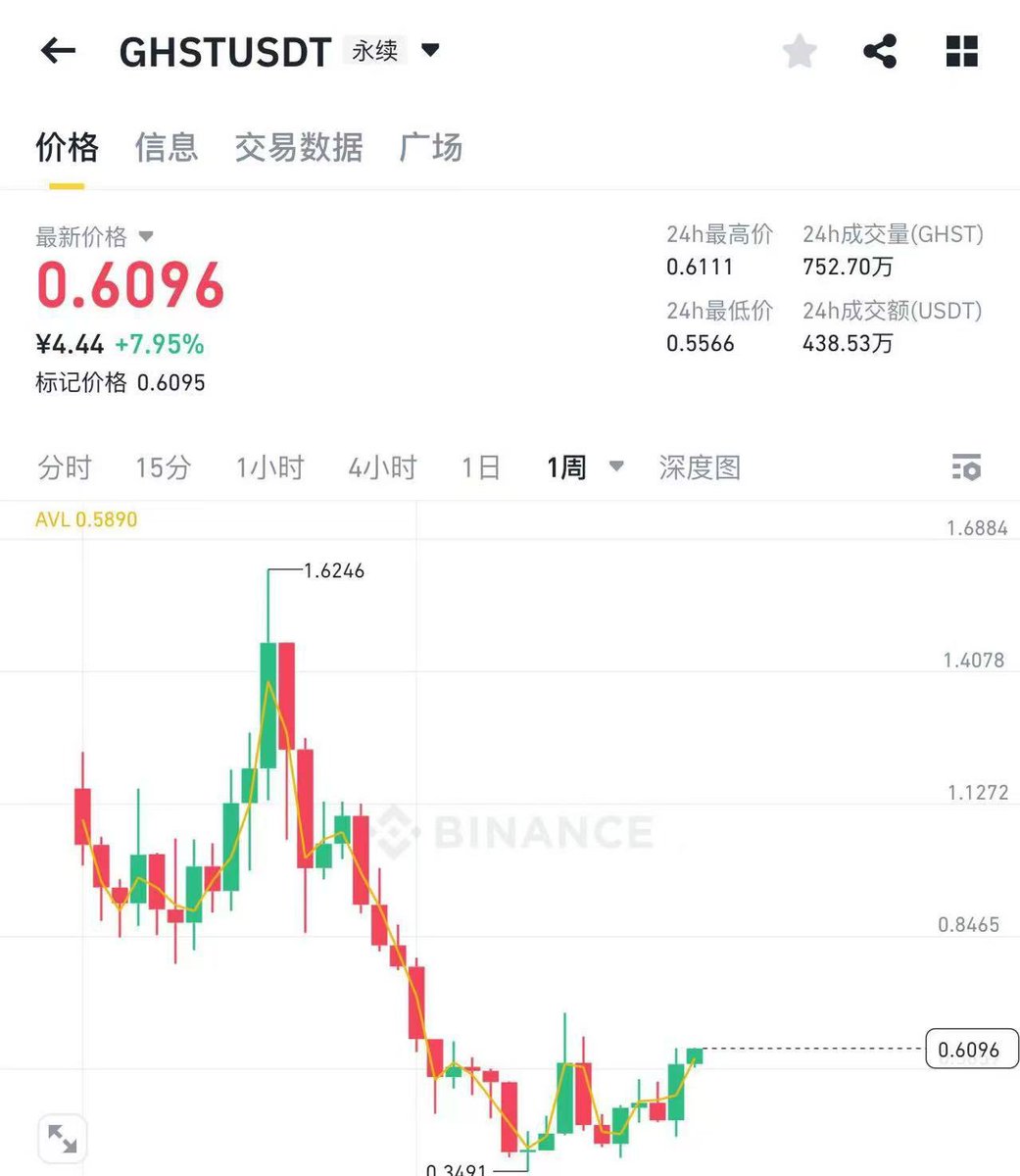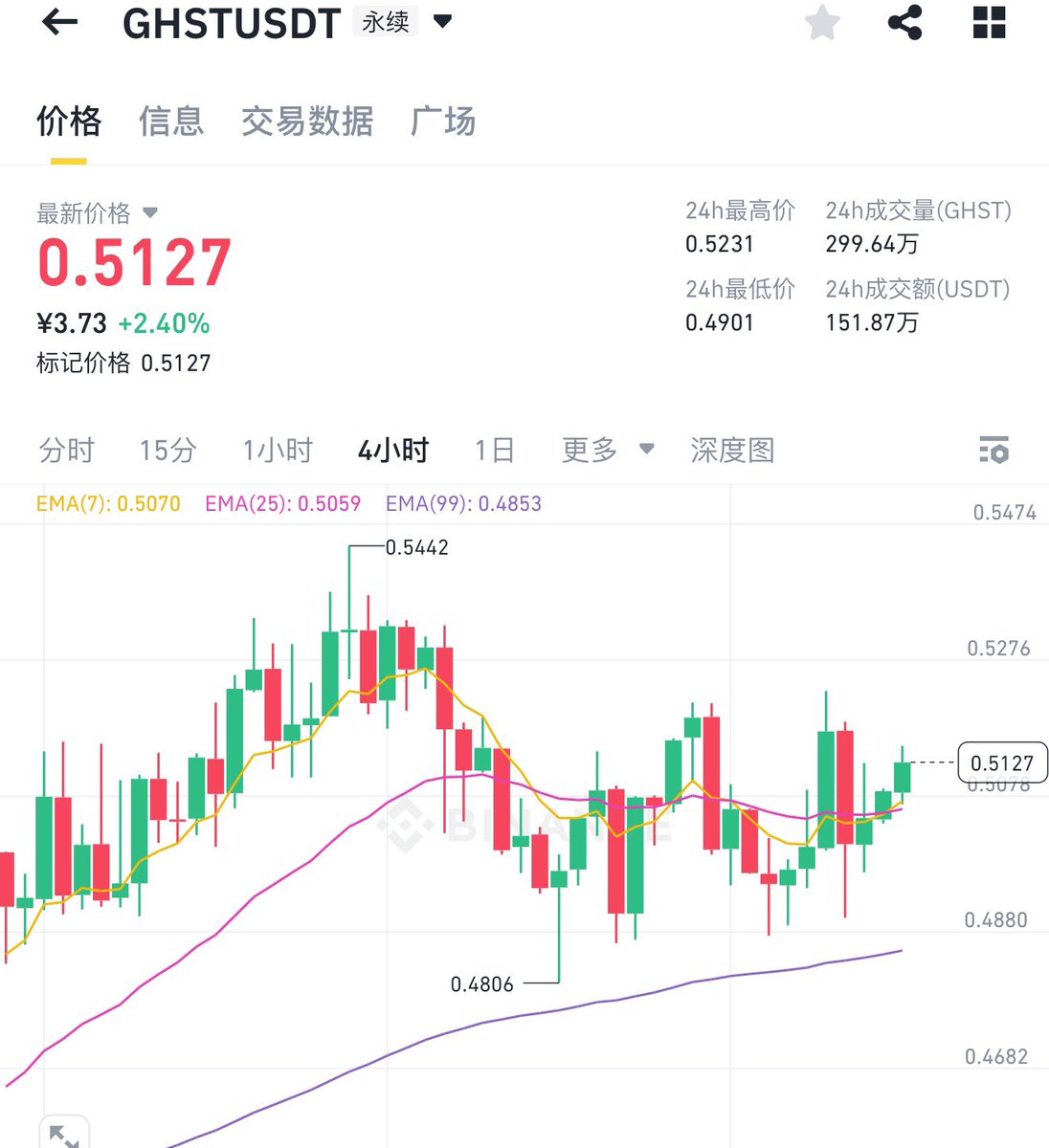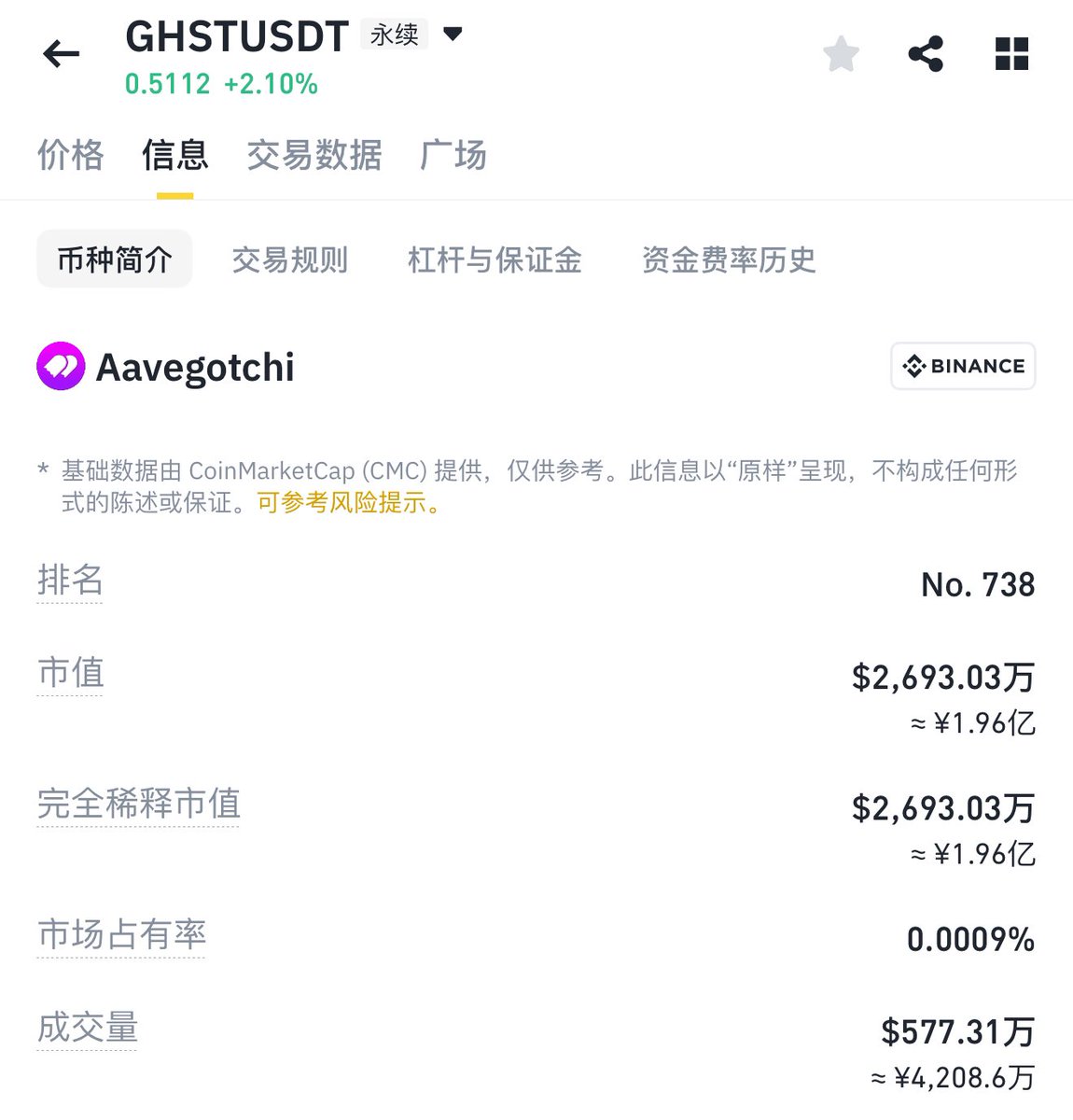In der sich schnell ausbreitenden Kryptowährungslandschaft ist ein neues, alsGameFiist entstanden und bietet Spielern und Spielerinnen aufregende und immersive Spielerfahrungen mit der zusätzlichen Möglichkeit, Prämien zu verdienen. Unter den vielen Plattformen in diesem Bereich hebt sich Aavegotchi (GHST) als führende(r) Herausforderer(in) hervor, der ein einzigartiges und spannendes Gameplay-Erlebnis bietet, das die Aufmerksamkeit von Gamern und Krypto-Enthusiasten gleichermaßen fesselt.
Was ist Aavegotchi?
Aavegotchi ist einNon-Fungible Token (NFT)-basiertes Spiel, das die Welten des Gaming unddezentrales Finanzwesen (DeFi). Aufbauend aufPolygonnetzwerken und über verschiedene Webbrowser aufgerufen werden können, bietet Aavegotchi ein immersives Erlebnis, bei dem die Spieler(innen) ihre Avatare einsetzen können, um in Form von Token Farming-Aktivitäten zu betreiben und Prämien zu ernten.
Diese einzigartige Kombination aus NFT-Technologie und DeFi schafft ein dynamisches Ökosystem, in dem Spieler ihre NFTs nutzen, sich am Gameplay beteiligen und wertvolle Prämien verdienen können. Durch den Kauf von Parzellen, die Verbesserung ihrer Charaktere und die strategische Verbesserung ihrer Vermögenswerte können die Spieler neue Möglichkeiten eröffnen und ihre Erfahrung in den Aavegotchi maximierenMetaverse.
Das Aavegotchi-Team
Aavegotchi wurde 2021 von den Pixelcraft Studios eingeführt. Coder Dan fungiert als CEO, während Jesse Jackson als COO fungiert. Der Gründer von Aave, Stani Kulechov, war der erste Berater des Projekts.
Wie funktioniert Aavegotchi?
Aavegotchi ist ein Krypto-Sammlerstücke-Spiel, das sich von dem beliebten Tamagotchi inspirieren lässt und es mit der Leistungsfähigkeit der Blockchain-Technologie kombiniert. Aavegotchis sind pixelten Geister, die auf der Ethereum-Blockchain leben und durch den ERC-721-Standard gesichert sind.
Aavegotchi bietet zwei verschiedene Spielmodi: Mini-Games und Raritäts-Farming. Mini-Games ermöglichen es den Spielerinnen und Spielern, das Aavegotchi-Gaming-Universum zusammen mit Freundinnen und Freunden und Kollegen zu erkunden. Andererseits belohnt das Raritäts-Farming seltene Aavegotchis mit GHST-Tokens.
Die Spieler(innen) haben die Möglichkeit, ihre Aavegotchis durch die Teilnahme an einer Reihe von Aktivitäten zu verbessern, darunter Mini-Games, Governance und Meetups. Durch die Ausrüstung von Wearables im Spiel und das Aufleveln kann Aavegotchis auch ihre Seltenheit erhöhen. Außerdem haben die Spieler(innen) die Möglichkeit, ihre Avatare an andere zu vermieten, sodass sie passiv einen Prozentsatz des generierten Einkommens erhalten.
Innerhalb des Aavegotchi-Universums verbessern verschiedene aufregende Elemente das Spielerlebnis. Dazu gehören der Baazaar, Portals, Wearables, Maall, Kinship, der AavegotchiDAO und viele andere.
Das native Token von Aavegotchi: GHST
GHST dient als natives Token im Aavegotchi-Universum und ermöglicht es den Spielerinnen und Spielern, sich an einem breiten Spektrum von Aktivitäten innerhalb des Aavegotchi-Ökosystems zu beteiligen. Es kann auch verwendet werden, um In-Game-Portale, Wearables, Reich-Paare und mehr zu erwerben.
Darüber hinaus fungiert GHST als Prämien-Token und bietet den Spielern und Spielerinnen prozentuale Prämien für ihre Teilnahme am Play-to-Earn-Ökosystem von Aavegotchi.
GHST-Tokenomics
Es gibt ein maximales Angebot von 52,7 Millionen und eineumlaufende Versorgungvon 51,1 Millionen. Laut Angaben des Teams fungiert GHST nicht nur als primärer Utility-Token des Gaming-Universums, sondern fungiert auch als Belohnung undGovernance-Token.
Anwendungsfälle von Aavegotchi
Als natives Token ermöglicht GHST es den Benutzern und Benutzerinnen, auf verschiedene Funktionen und Dienstleistungen innerhalb der Aavegotchi-Plattform zuzugreifen und diese zu nutzen. Es gewährt außerdem Inhaberinnen und Inhabern Governance-Rechte, die ihnen ermöglichen, sich an Entscheidungsprozessen zu beteiligen und die Zukunft des Aavegotchi-Ökosystems zu gestalten. Darüber hinaus kann GHST gestakt werden, um Prämien zu verdienen, was Benutzerinnen und Benutzern die Möglichkeit bietet, passives Einkommen zu generieren und gleichzeitig zum Wachstum und der Stabilität des Aavegotchi-Netzwerks beizusteuern.
Verteilung von GHST
GHST wird wie folgt zugewiesen:
- 5 Mio. GHST für den Privatverkauf
- 1 Million GHST für den Fonds des Ökosystems
- 1 Million GHST für das Team
- 500.000 GHST für den Vorverkauf
- Ein unbegrenzter Betrag für den Verkauf von öffentlichen Anleihenkurven
Erweiterungspläne von Aavegotchi
Aavegotchi hat ehrgeizige Pläne, die Landschaft des Blockchain-basierten Gaming durch die Kombination von NFTs und DeFi zu erweitern. Mit der Vision, die Gaming-Branche zu revolutionieren, will Aavegotchi das Bewusstsein für dieses innovative Konzept schärfen und sich selbst als Vorreiter in diesem Bereich etabliert haben.































Soziales